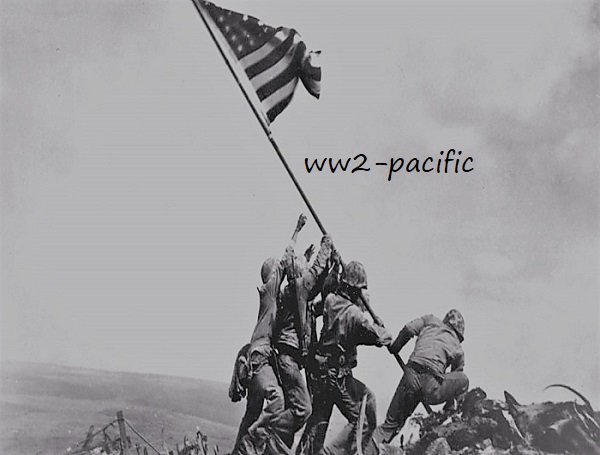USS Indianapolis (CA-35)
USS Indianapolis (CA-35) underway at sea on 27 September 1939 (80-G-425615).jpg
USS Indianapolis (CA-35), 27 September 1939
USS Indianapolis (CL/CA-35) was a Portland-class heavy cruiser of the United States Navy, named for the city of Indianapolis, Indiana. Launched in 1931, the vessel served as the flagship for the commander of Scouting Force 1 for eight years, then as flagship for Admiral Raymond Spruance in 1943 and 1944 while he commanded the Fifth Fleet in battles across the Central Pacific during World War II.
In July 1945, Indianapolis completed a top-secret high-speed trip to deliver parts of Little Boy, the first nuclear weapon ever used in combat, to the United States Army Air Force Base on the island of Tinian, and subsequently departed for the Philippines on training duty. At 0015 on 30 July, the ship was torpedoed by the Imperial Japanese Navy submarine I-58, and sank in 12 minutes. Of 1,195 crewmen aboard, approximately 300 went down with the ship. The remaining 890 faced exposure, dehydration, saltwater poisoning, and shark attacks while stranded in the open ocean with few lifeboats and almost no food or water. The Navy only learned of the sinking four days later, when survivors were spotted by the crew of a PV-1 Ventura on routine patrol. Only 316 survived. The sinking of Indianapolis resulted in the greatest single loss of life at sea from a single ship in the history of the US Navy.
On 19 August 2017, a search team financed by Microsoft co-founder Paul Allen located the wreckage of the sunken cruiser in the Philippine Sea lying at a depth of approximately 18,000 ft (5,500 m). On 20 December 2018, the crew of the Indianapolis was collectively awarded a Congressional Gold Medal.
History
Name Indianapolis
Namesake City of Indianapolis, Indiana
Ordered 13 February 1929, Awarded 15 August 1929
Builder New York Shipbuilding Corporation, Camden, New Jersey
Cost $10,903,200 (contract price)
Laid down 31 March 1930, Launched 7 November 1931
Sponsored by Lucy M. Taggart, Commissioned 15 November 1932
Identification
Hull symbol: CL-35 – CA-35, Code letters: NABD
ICS November.svgICS Alpha.svgICS Bravo.svgICS Delta.svg
Nickname(s) “Indy”
Honors and awards
Bronze-service-star-3d.png Silver-service-star-3d.png 10 × battle stars
Length , 610 ft 3 in (186.00 m) loa, 584 ft (178 m) lwl, Beam 66 ft 1 in (20.14 m)
Draft, 17 ft 4 in (5.28 m) (mean), 24 ft (7.3 m) (max)
Installed power, 8 × White-Forster boilers, 107,000 shp (80,000 kW)
Propulsion, 4 × Parsons reduction steam turbines, 4 × screws
Speed 32.7 kn (60.6 km/h; 37.6 mph)
Complement, 95 officers 857 enlisted (as designed), 1,269 officers and men (wartime)
Armament, 9 × 8 in (203 mm)/55 caliber guns (3×3), 8 × 5 in (127 mm)/25 caliber anti-aircraft guns, 2 × 3-pounder 47 mm (1.9 in) saluting guns
Armor , Belt: 3+1⁄4–5 in (83–127 mm)
Deck: 2+1⁄2 in (64 mm), Barbettes: 1+1⁄2 in (38 mm), Turrets: 1+1⁄2–2+1⁄2 in (38–64 mm)
Conning tower: 1+1⁄4 in (32 mm)
Aircraft carried 4 × floatplanes
Aviation facilities 2 × Amidship catapults
General characteristics (1945)[3]
Armament, 9 × 8 in/55 caliber guns (3×3), 8 × 5 in/25 caliber anti-aircraft guns
2 × 3-pounder saluting guns, 6 × quad 40 mm (1.57 in) Bofors anti-aircraft guns
19 × single 20 mm (0.79 in) Oerlikon anti-aircraft cannons
Aircraft carried, 3 × floatplanes
Aviation facilities 1 × Amidship catapults (starboard catapult removed in 1945)
